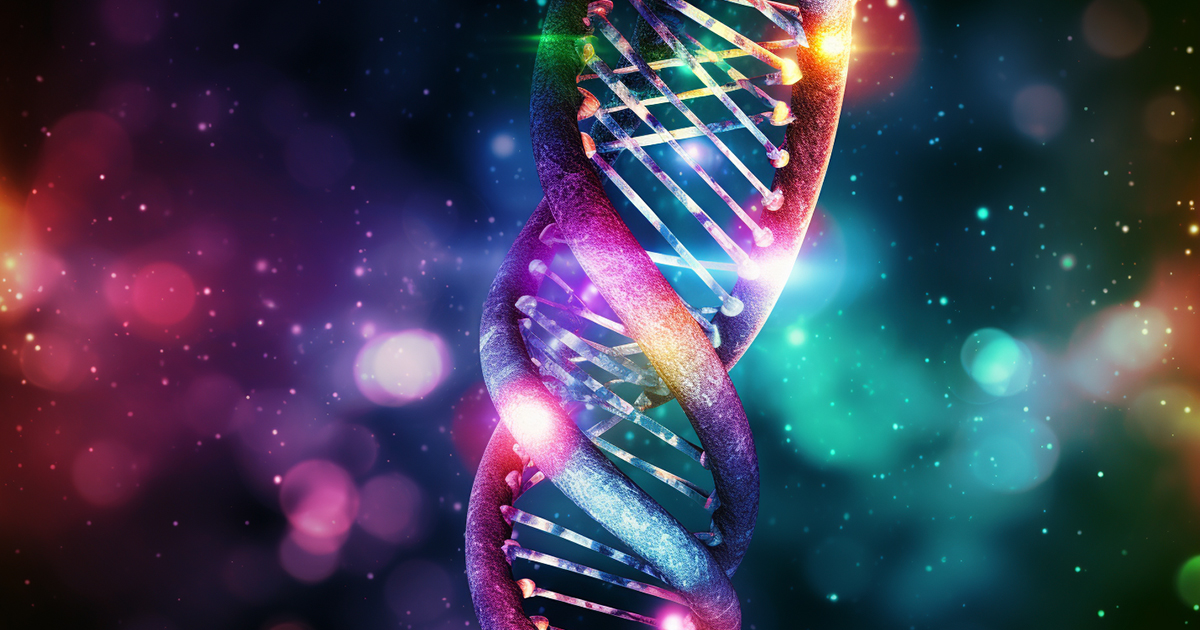Groundbreaking discoveries in Tubingen, Germany have sparked a sense of wonder among scientists. A pivotal moment occurred in 2013 when researchers at the University of Tubingen achieved a monumental feat. They successfully unlocked and decoded the DNA from skulls of ancient Egyptian mummies. This remarkable breakthrough has prompted contemplation on our past, future, and the intriguing concept of resurrection.
The ancient Egyptians, known for their meticulous mummification practices, unintentionally preserved genetic material for centuries. The key to this exceptional preservation technique lies in the swift removal of moisture from the mummified remains, protecting the DNA from decay.
While a complete genetic profile of these ancient Egyptians remains elusive, the idea of potential physical resurrection has captured the imagination of many.
The once mythical concept of reviving the dead now appears within reach, thanks to continued technological advancements pushing boundaries.
The astonishing prospect of resurrecting individuals from distant epochs is undeniably remarkable.

Exploring this profound revelation encourages us to ponder beyond scientific achievements. Supporters of ancient astronaut theories draw parallels between resurrection and humanity’s evolutionary narrative as depicted in religious texts.
<p”Day of judgment,” “the rapture,” “end of days,” and “the apocalypse” have long been intertwined with a transformative era in human history.
Ariel Bar Tzadok proposes that humanity’s ultimate purpose on Earth culminates in a transformative event known as the “great resurrection.” Giorgio A. Tsoukalos emphasizes how ancient scriptures often allude to the return of specific divine beings.
Could it be that these ancient texts subtly hint at a time when humanity unlocks the potential for resurrection, allowing us to move freely between physical and spiritual realms?
This concept of resurrection aligns closely with the notion that extraterrestrial beings may have visited Earth in antiquity. Advocates of ancient astronaut theories suggest that these celestial entities could have shared knowledge of resurrection and transformation with humans.
They theorize that encounters with extraterrestrial beings might correlate with near-death experiences, where individuals report journeying into alternate dimensions.
Is it conceivable that the prophesied “end of days” mentioned in various belief systems signifies a period where we unveil the long-hidden secret of resurrection, bridging the gap between the living and the afterlife? It’s a provocative idea that challenges our understanding of existence.
While some may approach these ideas cautiously, Giorgio A. Tsoukalos encourages embracing them joyfully, suggesting that our place in the universe is not isolated. The notion of extraterrestrial entities guiding us towards transcendence opens up a realm of possibilities, connecting us to a higher force beyond ourselves.
Reflecting on the mysteries of ancient DNA and the potential for resurrection could lead to a profound understanding of our existence. As we strive to comprehend mortality, we may unveil the enigmatic truths of the afterlife, gaining deeper insights into our potential extraterrestrial heritage.
Video:
In conclusion, the groundbreaking research in Tubingen, Germany offers a glimpse into a future where the boundaries between life and death may fade. It initiates profound contemplation of our past and the limitless potential of our species. Embarking on a journey into the depths of ancient DNA mysteries sets us on an extraordinary path that could redefine our understanding of life, mortality, and the vast universe.
